OMG!!! I loved France!!! Going in, my expectations were tame, but upon arrival, I was instantly converted.
A little while back, a brochure arrived in the mail from my husband’s alma mater for an upcoming “Black Paris” trip sponsored by the Black Alumni Association. It said, when you think of Paris, the Eiffel Tower, the Champs-Élysées, and haute couture come to mind. But did you know that the City of Lights also is rich in African American history?
This was indeed intriguing, and we decided to look into it but unfortunately, it sold out before we could sign up to join the group tour. Plus, it was beaucoup expensive!! That said, there were enough details in the brochure that we decided to use it as an outline plan for our trip.
Just like America, the City of Light was built on the backs of Africans and people of African descent to what it is today. There’s an extensive history of Black Americans, Haitians, and Africans in Paris.
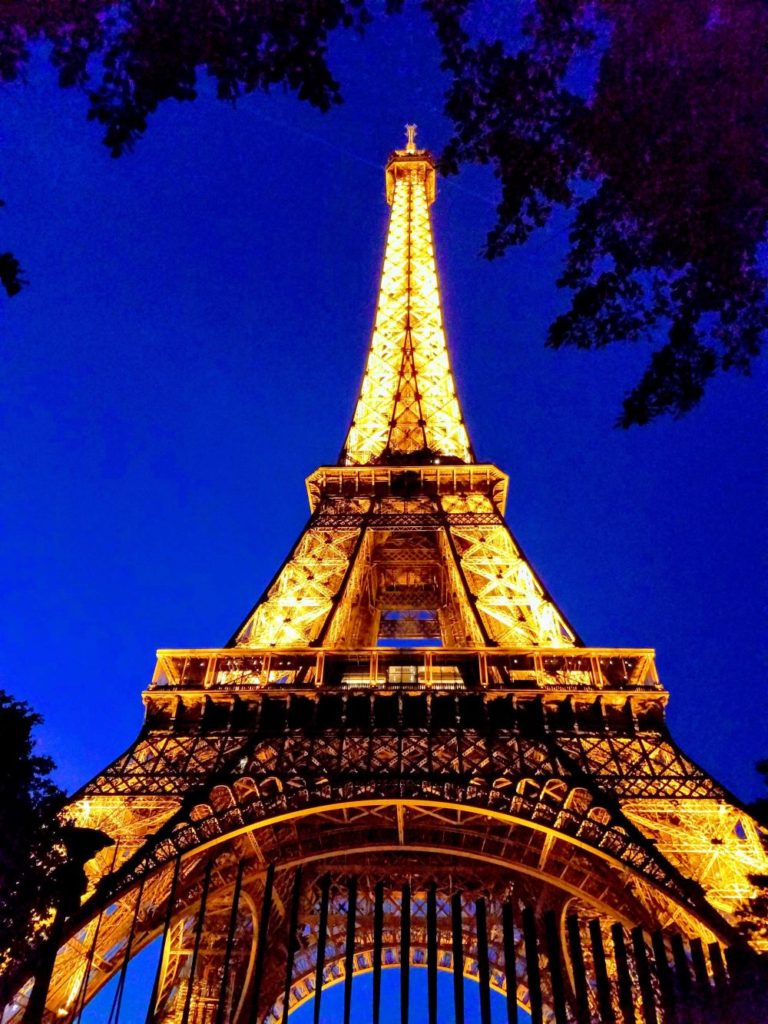
Paris’ African & African American History
Paris is alive with black history and culture. African Americans looked to Paris as early as the 19th century. Some were in search of a more peaceful environment as racism swelled in the United States. Others found themselves in Paris and other parts of France during World War I, when about 200,000 African American soldiers were brought over as part of the U.S. army. Following the war, many of these soldiers decided to remain in the country after receiving a generally welcoming reception from the French people.
A second wave of African Americans, escaping Jim Crow laws, flocked to Paris during the 1920s Harlem Renaissance. Black artists and activists like Langston Hughes, Richard Wright, Josephine Baker, Adelaide Hall, and Duke Ellington went looking for a place to freely create where they felt celebrated.
In Paris, they found that they could work without feeling discriminated against and dehumanized as they were in America. France gave many the first feeling of absolute freedom. Back in the States, even middle-class blacks could be indifferent to Black artists. Paris, by contrast, was more open to different kinds of work.
After World War II, a third wave of African American artists moved to the city. Many were veterans on the G.I. Bill, studying at the Academie de la Grande Chaumiere, the Academie Julian, or the Ecole des Beaux-Arts.
Imagine the nerve of the American government sending Black soldiers to war to “liberate” only to come back home to live in government-sanctioned oppression!!
Literature
Let’s start with – do you know who wrote The Conte of Monte Cristo and The Three Musketeers? It was French author Alexandre Dumas. Even though he is not American, he is still worthy of recognition for the purposes of Black History. Dumas was born in 1802 in Villers-Cotterêts, France, under the name Dumas Davy de la Pailleterie. He adopted the name, Alexandre Dumas, taking on the last name of his paternal grandmother, Marie-Césette Dumas, a woman of African descent and a slave in present-day Haiti. He deserves his own essay better still History biography, but I digress from the purpose of this blog post.

Famous African American authors in Paris include James Baldwin, Langston Hughes, Richard Wright, and Chester Himes, to name a few – they were deeply and irrevocably influenced by the time that they spent in Paris. The famed English-language bookstore Shakespeare and Company served as a meeting place for African-Americans and other expats throughout the 20th century and still does.

Jazz
Soldiers of the U.S. Army’s 369th Infantry Regiment are credited with introducing jazz to Europe during Woorld War 1.
Founded in 1947, Caveau de la Huchette was one of many clubs where African-American performers sought to make a living amid changing music tastes in the U.S. It played host to the likes of Lionel Hampton and Art Blakey and his Jazz Messengers.
Around the corner from Caveau de la Huchette, vintage shops sell posters of African-American jazz artists and hard-to-find vinyl albums like “The Hawk in Paris” by Coleman Hawkins.
And while the Lenox Lounge, a famed Harlem jazz club where Billie Holiday sang, has closed, Paris jazz clubs such as Caveau de la Huchette in the city’s Latin Quarter still serve up energetic evenings of live swing and bebop.
Famous Black American jazz musicians who took up residence in France include greats such as Dexter Gordon, Bud Powell, Kenny Clarke, and Coleman Hawkins.
Entertainment
Josephine Baker was one of the most popular performers in Europe in the 1920s. Born as Freda Josephine McDonald in St. Louis, Missouri, she went to Paris as a dancer after a life of cleaning houses and babysitting for wealthy white families. In the U.S., she was criticized for being “too dark.” The New York Times once called her a “Negro wench.” But in Paris, she drew immediate fame for her 1925 performance in La Revue Negre at the Theatre des Champs-Elysees.

Harlem in Paris
Montmartre, Saint-Germain-des-Pres, and the Latin Quarter hosted flourishing entertainment scenes for decades.The Army’s 369th Infantry were nicknamed the “Harlem Hellfighters” by the Germans for their valiant fighting on the battlefield. Before they returned to the U.S., they left the French hungry for American jazz, and the city fell in love with the cultural scene created by African American musicians, entertainers and club owners.
Nightclubs such as Bricktop were run by Ada “Bricktop” Smith. In the 1920s and 1930s, she reigned as the grande dame of the Paris nightclub scene. Bricktop served as both anchor and magnet for a community of African-American female artists, dancers and musicians. Among these were singers Valaida Snow and Alberta Hunter, writers Gwendolyn Bennett and Eslanda Robeson, painter Lois Mailou Jones, and sculptor Augusta Savage.
Resources for guided tours of Black Paris
- Walk the Spirit: The brochure mentioned earlier is based on the exceptional tours given by Julia Brown.
- Black Paris Tour: Ricki Stevenson
- Entrée to Black Paris: Monique Y. Wells
- Little Africa Paris: Jacqueline Ngo Mpii
That brochure gave us a new perspective on finding ways to appreciate and understand black history in Paris—both the important role the city played in Black history and how Black Americans helped shape the identity of the French capital itself. Book that trip and follow in the footsteps of prominent Black figures who once lived as expats in the city and discover the City of Lights in a whole new light!!
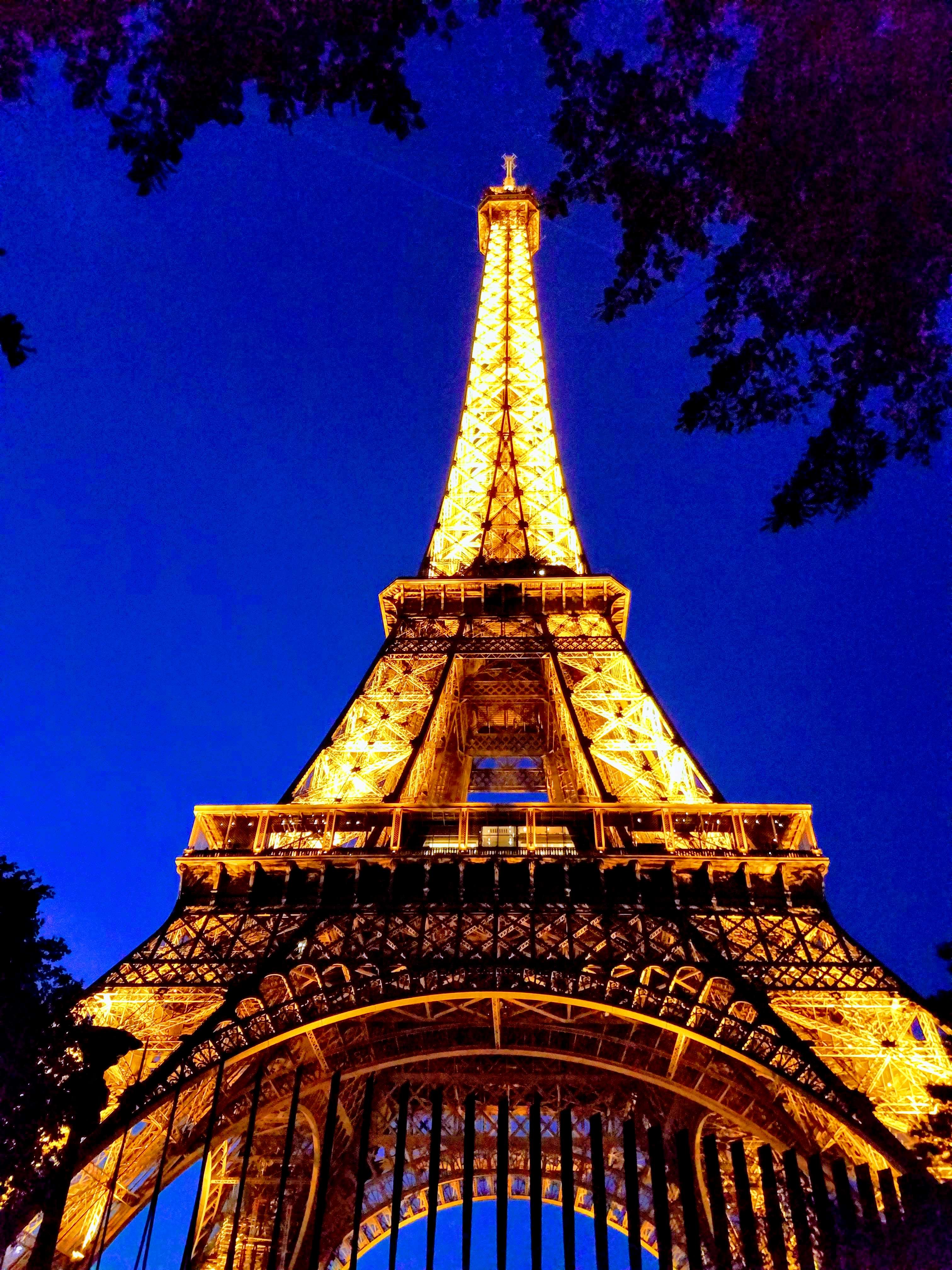
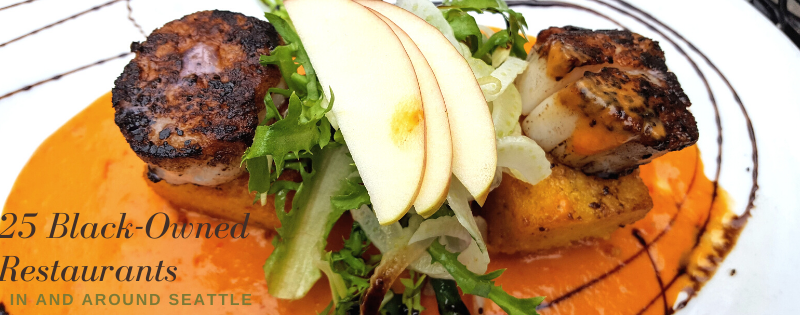
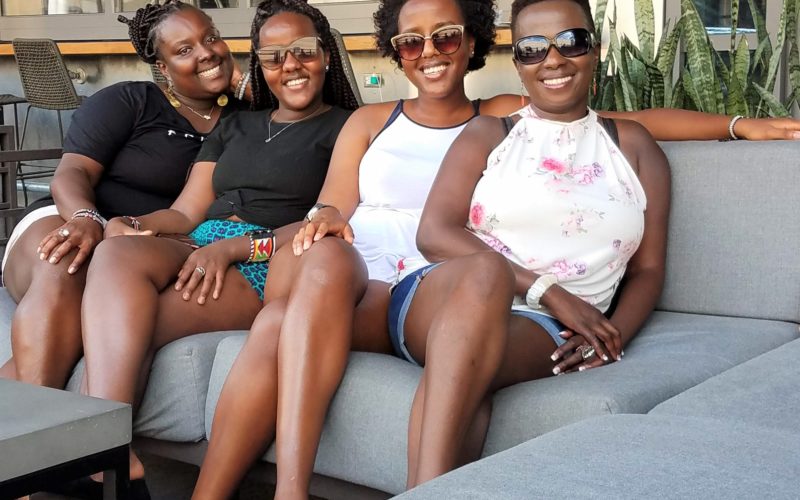
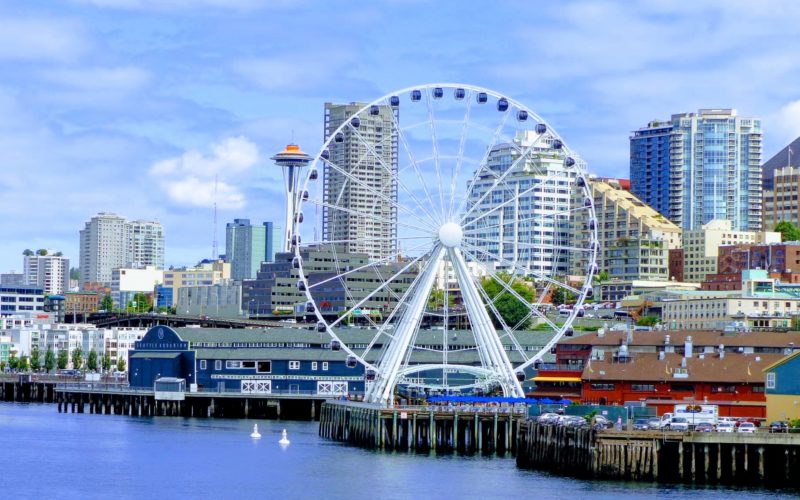
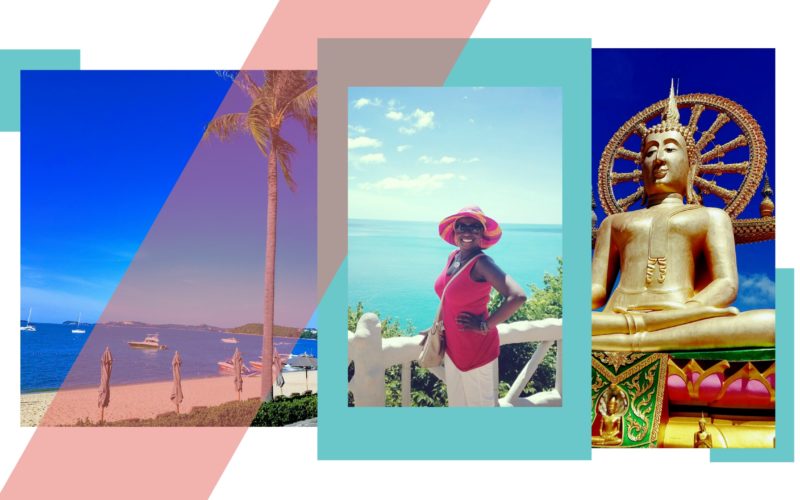
Comments